
If you’re looking for the best neighborhoods in Rome then you’re in the right place.
My love affair with Rome started during my honeymoon, when Will and I spent 3 days exploring the Eternal City. We were so smitten by the easy-going locals, colorful streets and historic sites that we made a habit of returning almost every year since.
All told, we visited Rome 6 times before making a decision to move to the city for a 3-month stay last summer. I’ve made it a point to base myself out of different neighborhoods in Rome during each visit. Here’s a roundup of my favorite spots. Let’s dive in!
Visiting Rome? If you haven’t decided where to stay (yet) check out our helpful guide on Where to Stay in Rome for First Time Visitors (+2 Areas to Avoid). Don’t have time? Here’s my favorite hotel in Rome, hands down.
Best Neighborhoods in Rome
(Table of Contents)
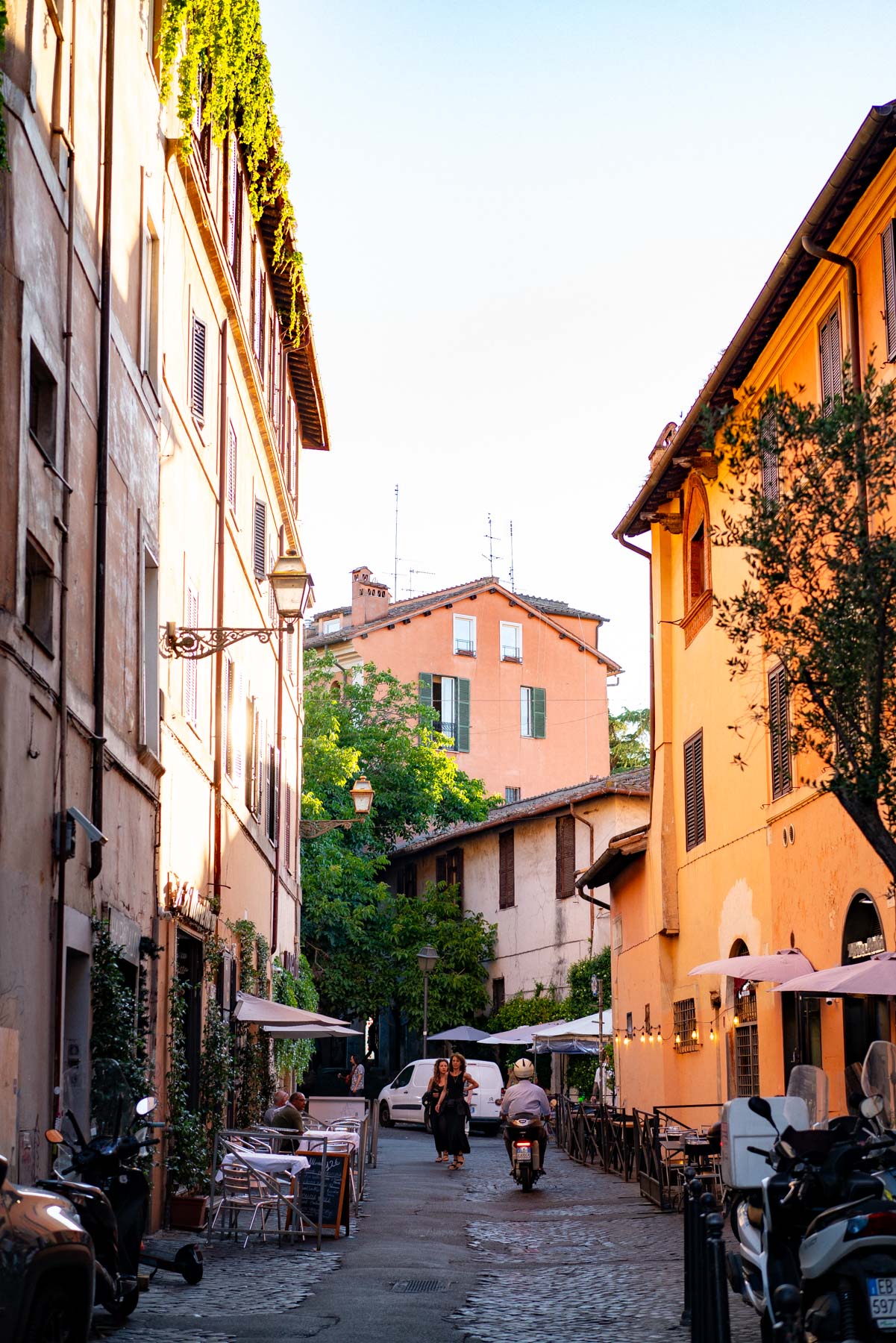
Trastevere (The Most Charming Neighborhood in Rome)
Ask any visitor about their favorite neighborhoods in Rome and there’s an 80% chance Trastevere will top the list. Meandering cobblestone streets and ivy-clad facades, it’s the quintessential Roman neighborhood!
Trastevere clings to its working-class roots while maintaining relaxed bohemian vibes, attracting artists and talented musicians to the area. The easy-going atmosphere makes it a hit with the younger crowd as well, giving the neighborhood a youthful and fun vibe (stroll the Piazza di San Calisto at sunset for all the proof you’ll need).
The area is also known for great nightlife, trendy bars and top-notch restaurants worth traveling for. All told, regardless of how often we visit Rome, Trastevere is always top of mind. We find ourselves in the area often, especially when the mood to explore a neighborhood aimlessly strikes, it never disappoints!
Hotels in Trastevere
- Budget: Bloom Hotel
- Mid Range: Horti 14 Borgo Trastevere Hotel (my preference)
- Luxury: Ripagrande a Trastevere
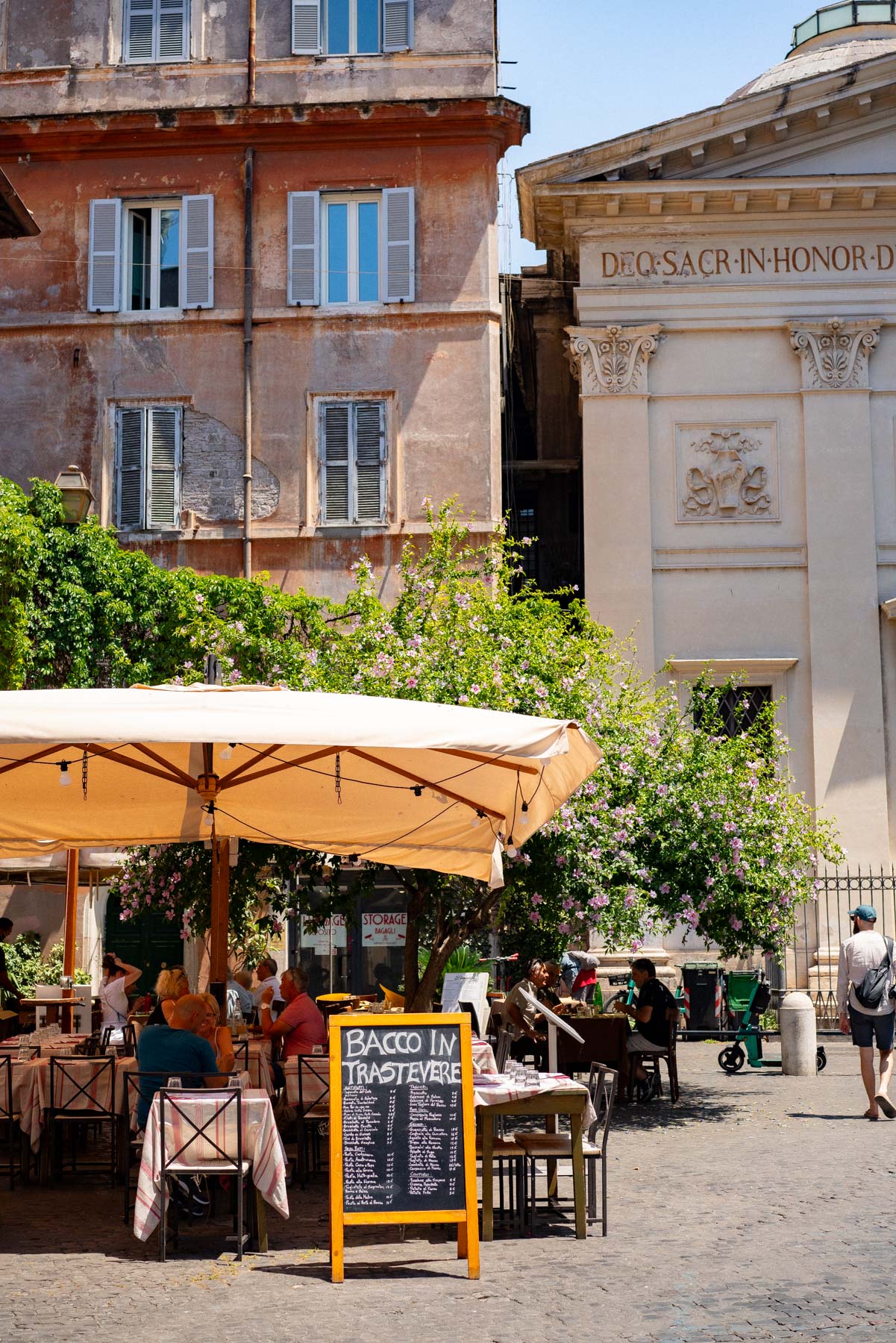
Things to Do in Trastevere
Explore Piazza di Santa Maria in Trastevere: At the heart of the neighborhood, this picturesque square is home to the Basilica of Santa Maria in Trastevere, one of the oldest churches in Rome. Legend has it, the church was founded after oil miraculously sprang from the ground on the site in 38BC, which was interpreted as the announcement of the birth of Jesus.
Walk Along the Tiber River at Sunset: The Tiber River borders Trastevere, providing a beautiful setting for an evening walk. The path along the river is especially enchanting at sunset, offering stunning views of the city bathed in golden light. During the summer months, the riverside comes alive with bars, restaurants, and market stalls, making it a perfect spot to enjoy Roman nightlife.
Enjoy the views from Janiculum Hill: The Belvedere del Gianicolo (Janiculum Hill) is the second-tallest hill in the Eternal City and offers some of the best views in Rome.
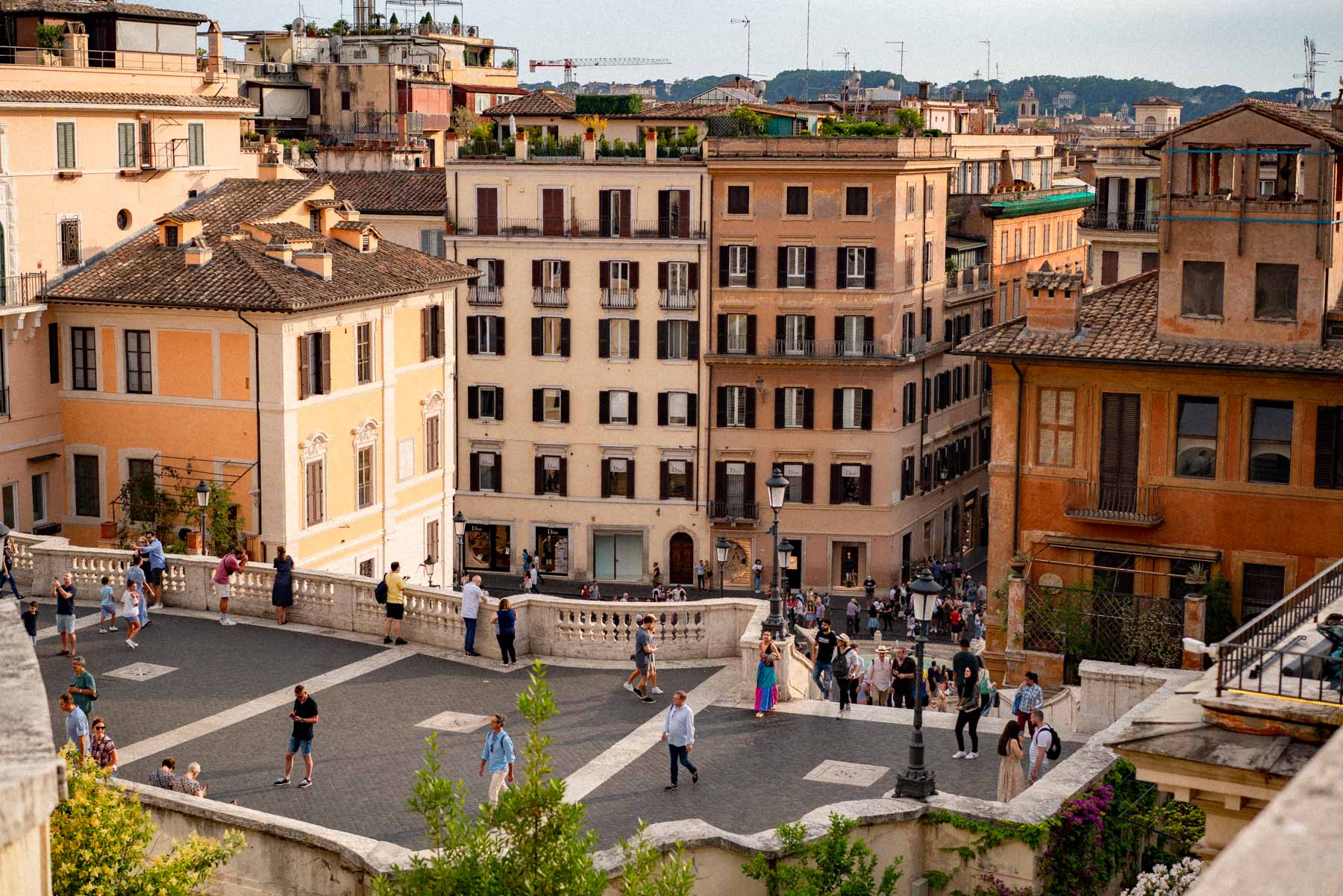
Campo Marzio (Near Spanish Steps)
Lively and upscale, Campo Marzio is best known for endless people-watching opportunities, iconic landmarks (like the Spanish Steps) and sharp-dressed Italians waltzing into designer stores and luxury boutiques.
The area dates back to ancient times when it was used as a home-base for noble families. Today, Campo Marzio is still considered one the most opulent neighborhood in Rome, making it a perfect option for those that love the finer things in life.
The area teams with tourists and locals alike, but not without reason. Campo Marzio’s blend of historical sites, cultural landmarks and great amenities make it an essential neighborhood in Rome to explore for first time visitors.
Where to stay in Campo Marzio
- Budget: I Fiori de’Mario Suites
- Mid-Range: Royal Rooms Corso
- Luxury: Palazzo Ripetta
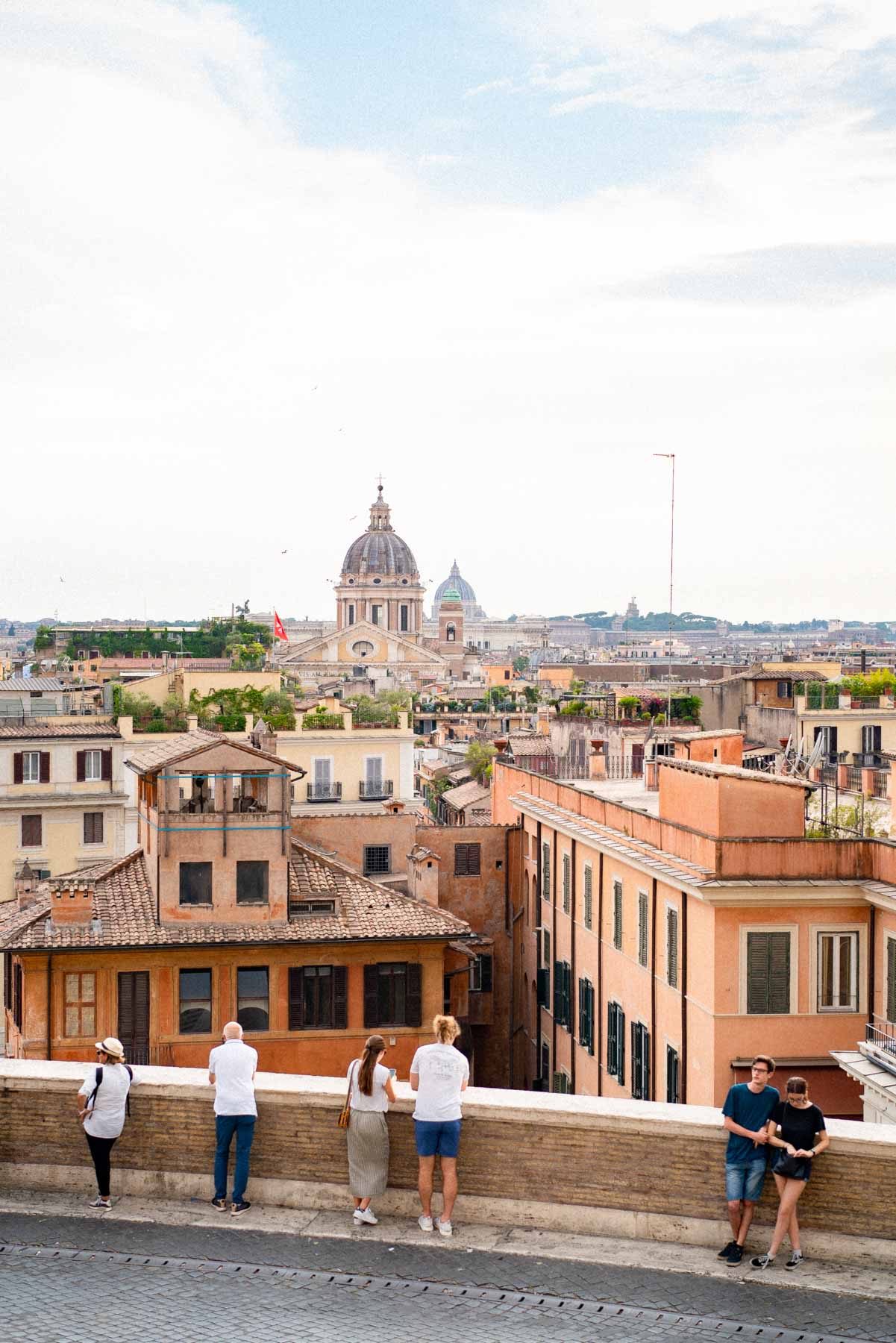
Things to Do in Campo Marzio
Via del Corso and Surrounding Shopping Streets: Campo Marzio is a shopper’s paradise, with Via del Corso running through the center. This bustling street is lined with designer stores and cute boutiques.
Climb to the top of the (iconic) Spanish Steps: The Spanish Steps are a monumental stairway of 135 steps, leading up to the beautiful Trinità dei Monti church at the top. This iconic landmark is a popular gathering place and offers stunning views of the city (photo above).
Check Out Piazza del Popolo: The People’s Square, the piazza sits just inside the Aurelian Walls of ancient Rome. The biggest draw in the area is the jaw-dropping church called Santa Maria del Popolo, which houses masterpieces by Caravaggio, Raphael and Bernini.
Villa Borghese Gardens: Just a short walk from the Spanish Steps, the Villa Borghese Gardens provide a peaceful escape from the city. These stunning gardens are perfect for a leisurely stroll and house the Galleria Borghese, which contains impressive works by Caravaggio, Raphael, and Bernini.
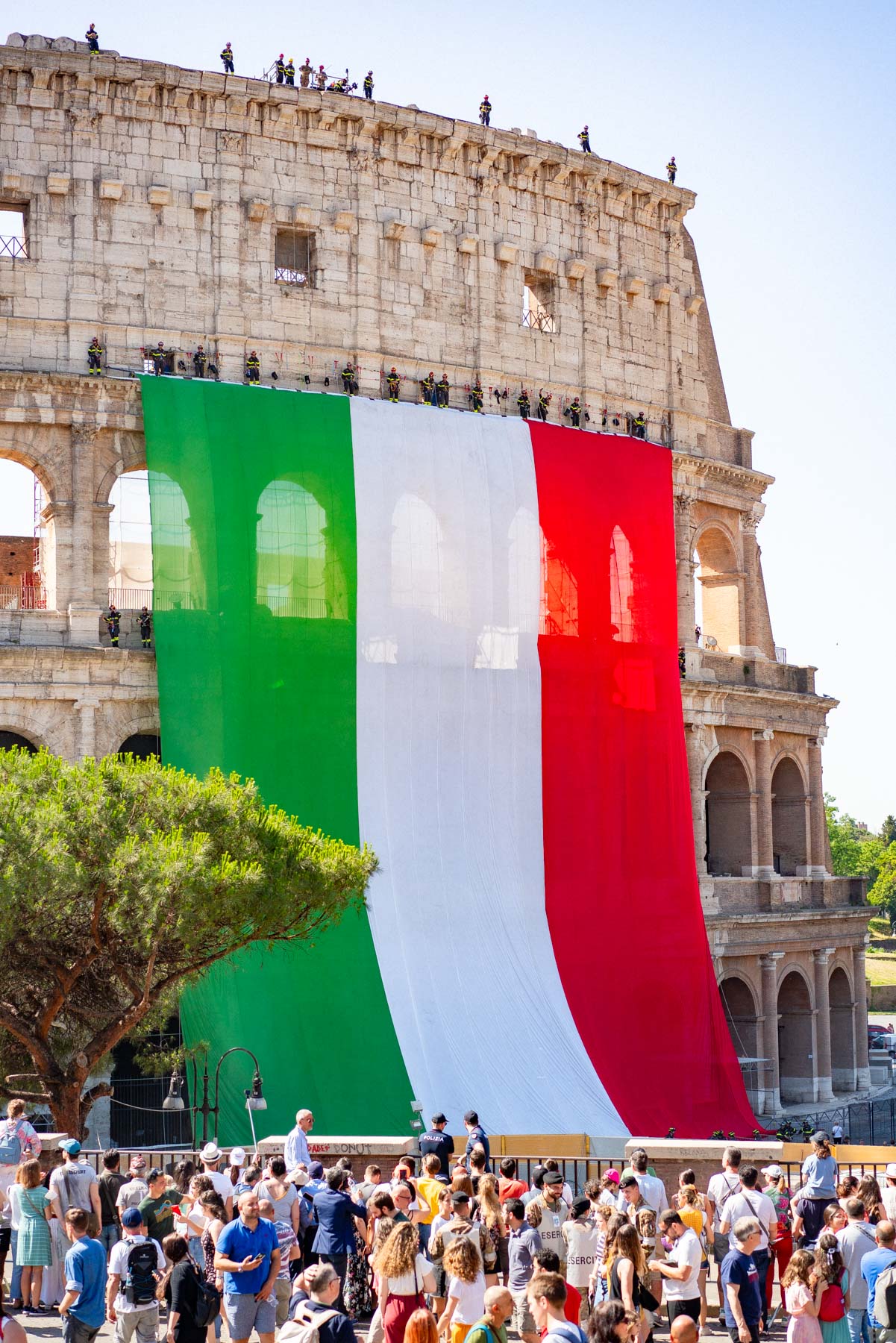
Monti (Near the Colosseum)
Monti, Rome’s first district (rione), is a charming and eclectic neighborhood that combines the old-world charm of historic buildings and cobblestone streets and with modern touches that make it a joy to explore.
Nestled between the Colosseum and the Roman Forum, the neighborhood’s vibe is best billed as bohemian and electric. It’s characterized by art galleries, artisan shops, vintage boutiques, trendy restaurants and lively bars full of locals and visitors alike.
Whether you’re interested in history, shopping, dining, or simply wandering through picturesque streets, Monti is one of the most interesting neighborhoods in Rome to explore.
Where to stay in Monti
- Budget: Roma Central Guest House
- Mid-Range: Hotel Grifo
- Luxury: Hotel Palazzo Manfredi
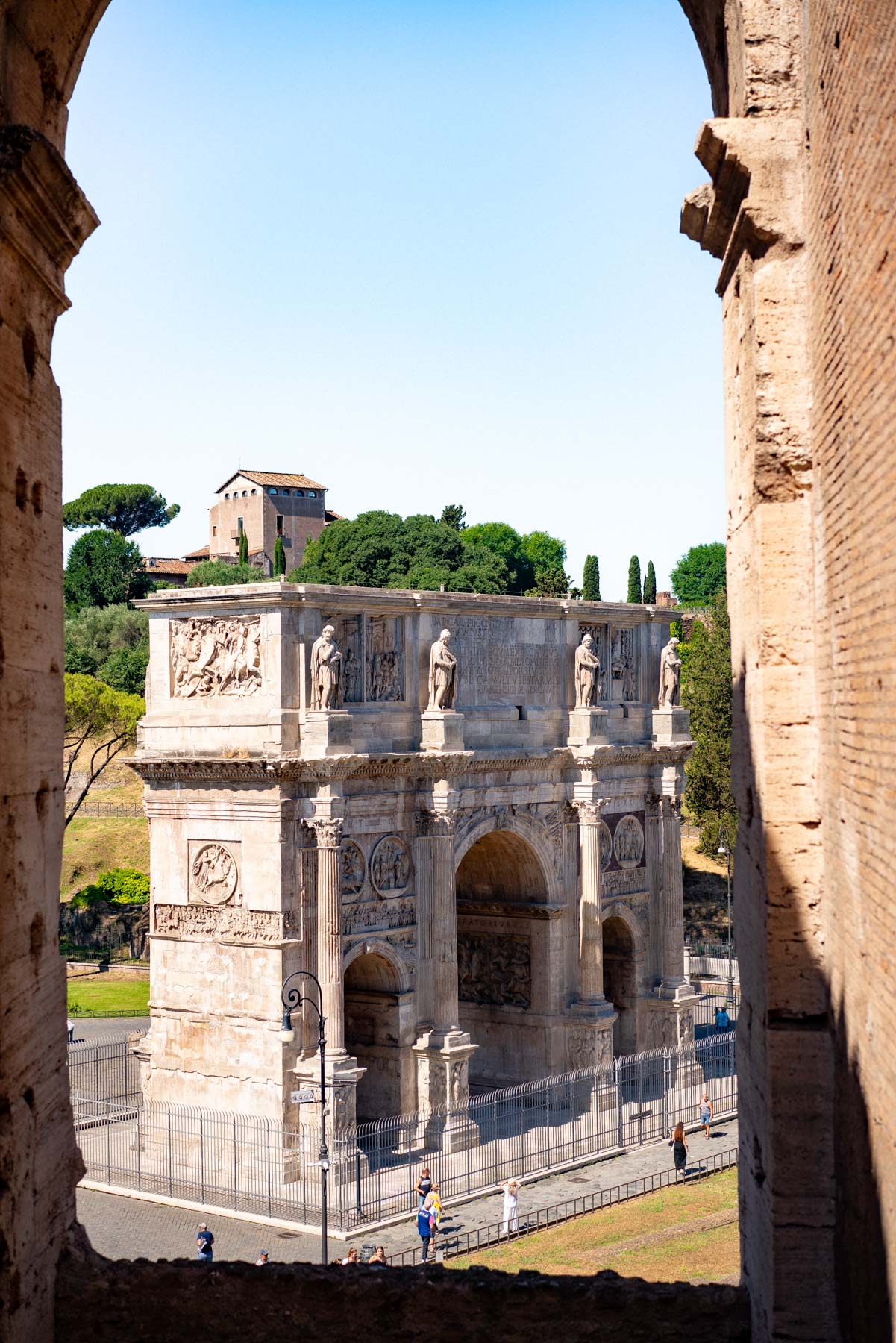
Things to Do in the Monti Neighborhood in Rome
Explore the Roman Forum and Colosseum: Getting to see the Colosseum on a daily basis is one of the biggest reasons Monti one of the best neighborhoods in Rome.
Visit the Church of San Pietro in Vincoli: Home to Michelangelo’s famous statue of Moses, this church is a must-visit for art and history lovers. The church is also famous for housing the chains believed to have bound Saint Peter while he was imprisoned in Jerusalem.
Stroll Through Piazza della Madonna dei Monti: The heart of the neighborhood, this square is perfect for people-watching, especially around the fountain, which is a popular gathering place. The area is surrounded by cafes, bars, and gelaterias, making it an ideal spot to relax and soak up the city’s energy.
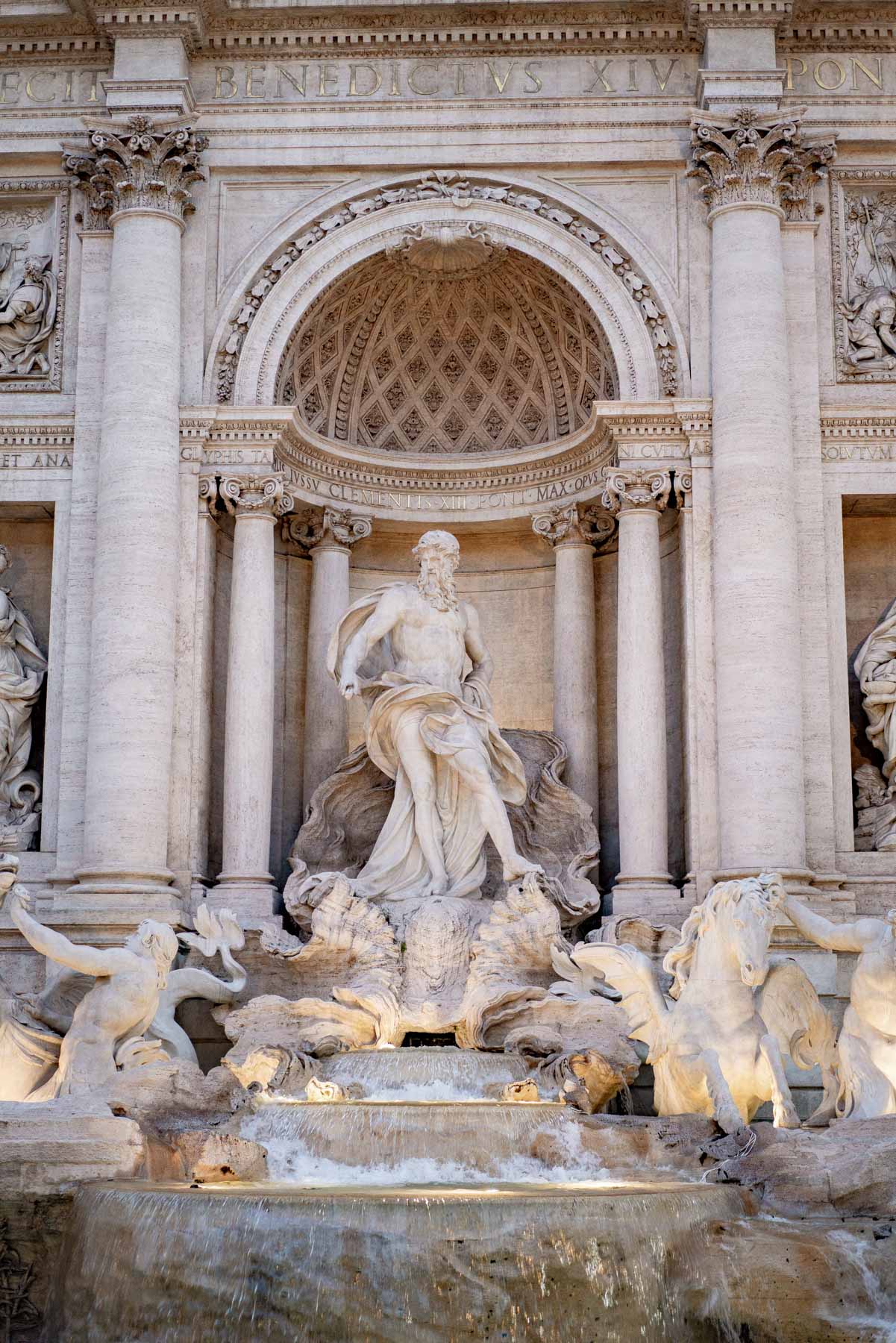
Trevi
The Trevi neighborhood in Rome is named after the famous Trevi Fountain (Fontana di Trevi), one of the city’s most popular areas. Steeped in history, Trevi offers a blend of cultural landmarks, shopping and dining.
The neighborhood embodies the essence of Rome, blending spectacular historical sites with the vibrancy of everyday Roman life. Whether you’re marveling at the Trevi Fountain, enjoying a leisurely meal, or exploring the area’s cultural offerings, Trevi offers an unforgettable experience for every first time visitor.
The only issue is that this popular neighborhood in Rome swells with claustrophobia-inducing crowds, I suggest visiting around sunrise to avoid the crowds. The area is stuffed to the brim from morning to night, the early wake up is worthwhile!
Best Hotels in Trevi
- Budget: Trevi Beau Boutique Hotel
- Mid-Range: Palazzetto Trevi
- Luxury: Maalot Roma
Things to Do in the Trevi Neighborhood in Rome
Trevi Fountain: The centerpiece of the neighborhood, the Trevi Fountain is an architectural marvel and one of the most famous fountains in the world. Designed by Nicola Salvi, it was completed in 1762. Tradition holds that if visitors throw a coin over their shoulder into the fountain, they are ensured a return to Rome (let’s just say I left a lot of coins behind).
Quirinale Palace: This historic building is the official residence of the Italian President and was once a papal palace. The Palazzo del Quirinale sits on one of Rome’s seven hills and offers stunning views of the city. Its gardens and some rooms are open to the public, showcasing exquisite art and architecture.
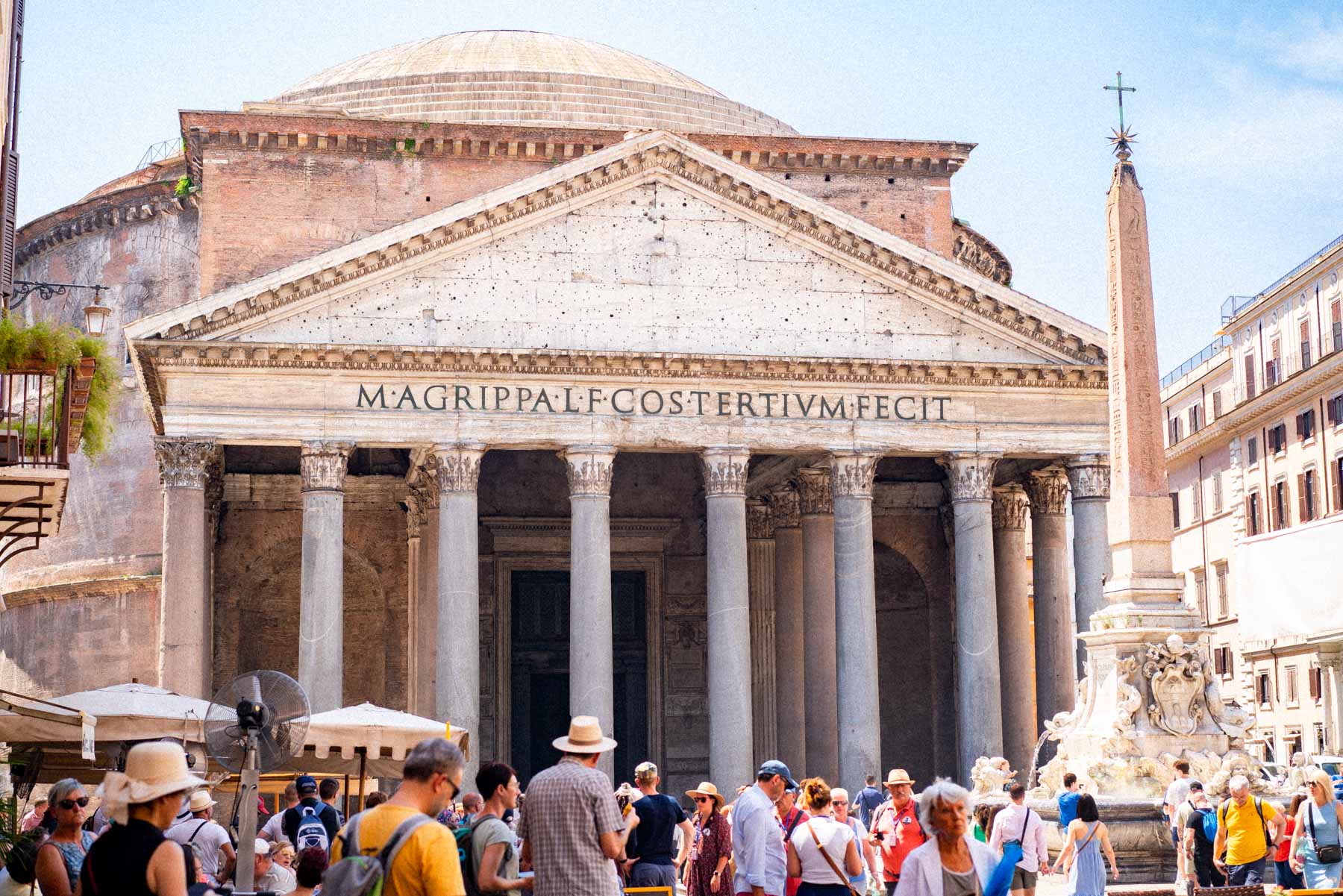
Sant’Eustachio (Near the Pantheon)
Sant’Eustachio is sandwiched between two of Rome’s most visited attractions, the Piazza Navona and the Pantheon. Come prepared to find flocks of tourists migrating between the two sites.
The biggest draw is the ancient architectural marvel that is the Pantheon. This Roman temple, dedicated to all the gods of pagan Rome, has been remarkably preserved and stands as a testament to the architectural ingenuity of the Romans.
Because of the inevitable crowds, I consider this one of the best neighborhoods in Rome to explore during the early morning hours.
Where to stay in Sant’Eustachio
- Budget: Hotel Navona
- Mid-Range: Hotel Smeraldo
- Luxury: Hotel Pantheon
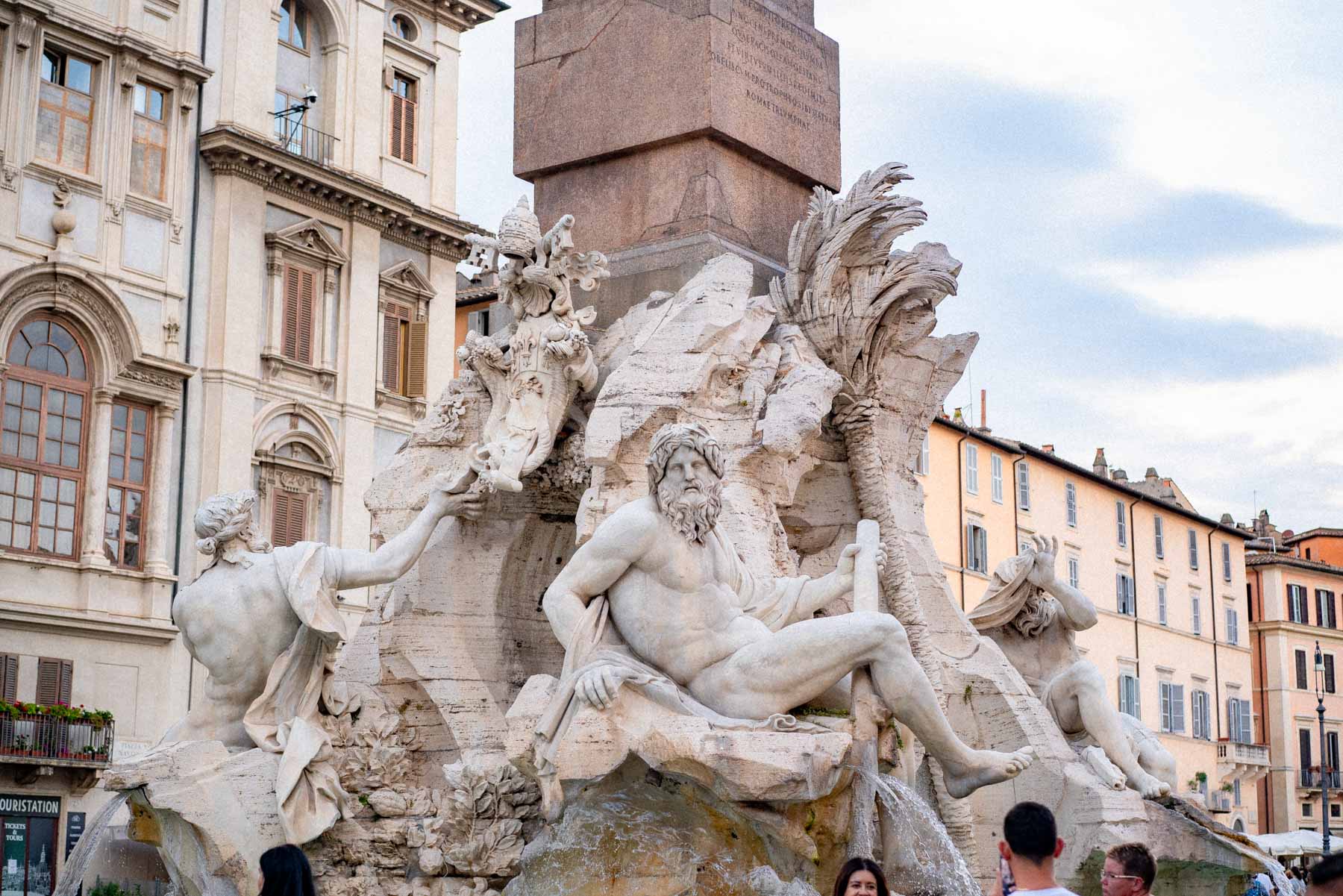
Things to Do in Sant’Eustachio
Visit the Pantheon: The centerpiece of the neighborhood, the Pantheon, with its massive dome and oculus, is a must-visit. Its interior reveals a fascinating play of light and architecture, and it serves as the final resting place of notable figures such as the artist Raphael and several Italian kings.
Explore Piazza della Rotonda: The square in front of the Pantheon is a lively area filled with cafes, gelaterias, and restaurants. It’s a perfect spot to enjoy a coffee or meal al fresco while admiring the Pantheon and the bustling activity of the square.
Visit the Church of San Luigi dei Francesi: Home to three Caravaggio masterpieces, this church is a pilgrimage site for art lovers. The paintings in the Contarelli Chapel depict scenes from the life of Saint Matthew and are considered some of Caravaggio’s finest work.
All’Antico Vinaio: Far from your typical sandwiches you’ll get in the state, All’Antico Vinaio makes expertly crafted works of art. The simple combinations of crisp veggies, savory meats and fresh cheeses have made this sandwhich shop famous.
Visit the Piazza Navona: Rome is a city full of public squares but there are few more famous than Piazza Navona. Built over the ruins of an ancient Roman stadium, the piazza is massive and home to three magnificent fountains.
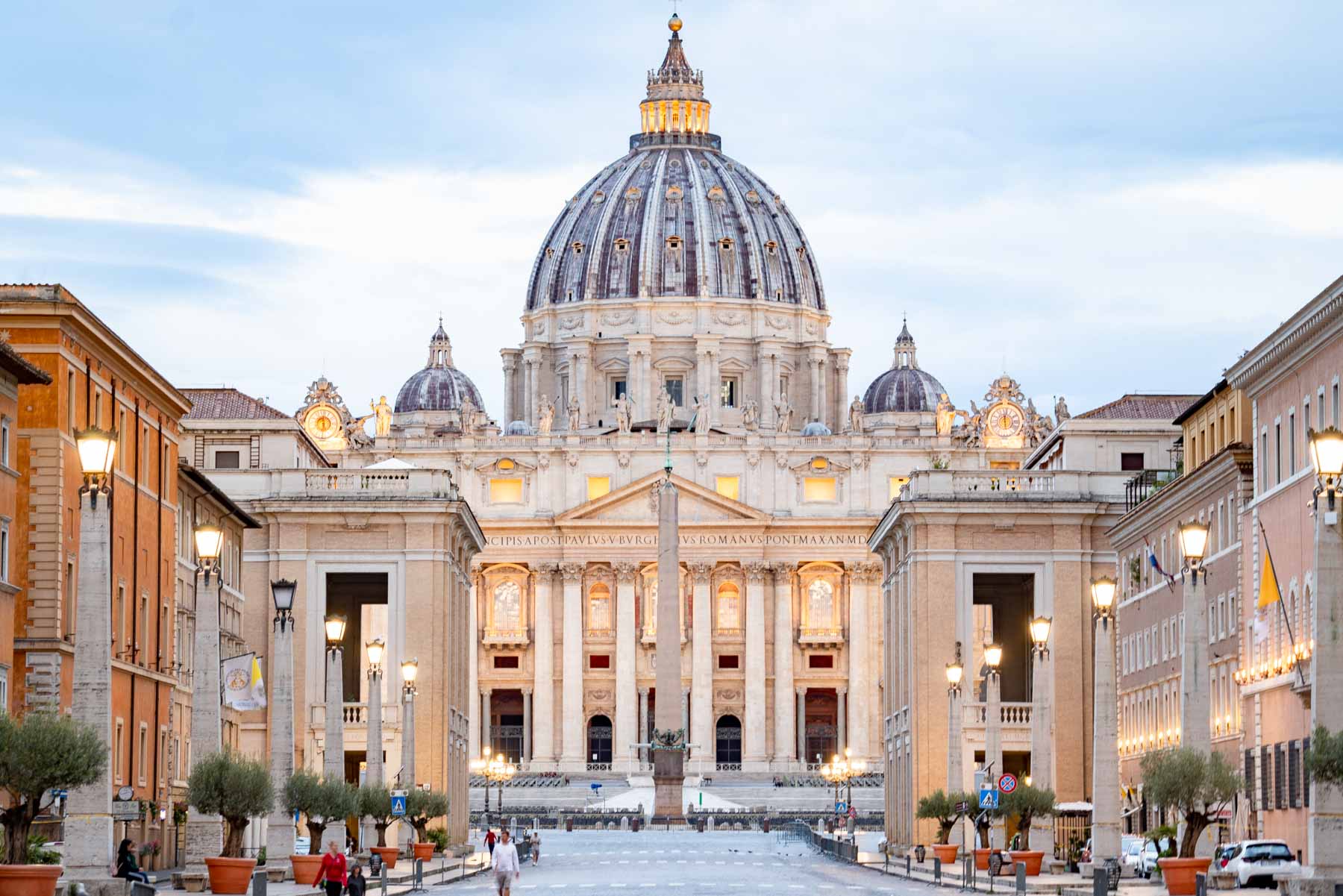
Prati (Near Vatican City)
Bordered by the Vatican to the east, the Tiber River to the west and the Castel Sant’Angelo to the south, Prati is one of the most underrated neighborhoods in Rome to explore.
Prati is known for elegant boulevards, beautiful Belle Époque buildings, and a more orderly layout compared to the historical center’s winding alleys. Developed towards the end of the 19th century and early 20th century, Prati was among the new neighborhoods in Rome planned after the unification of Italy in 1870.
It was designed to accommodate the growing needs of a more modern Italy. The streets are named after old Italian cities and famous jurists, reflecting its inception as an area intended for the middle and upper classes.
Bordering the Vatican, Prati has a unique position being close to the heart of the Catholic world. It provides a less crowded experience of Rome while still being within walking distance of major sights like St. Peter’s Basilica and the Vatican Museums.
Where to stay in Prati
- Budget: Domus Terenzio
- Mid-Range: San Pietro Boutique Rooms
- Luxury: Hotel Isa
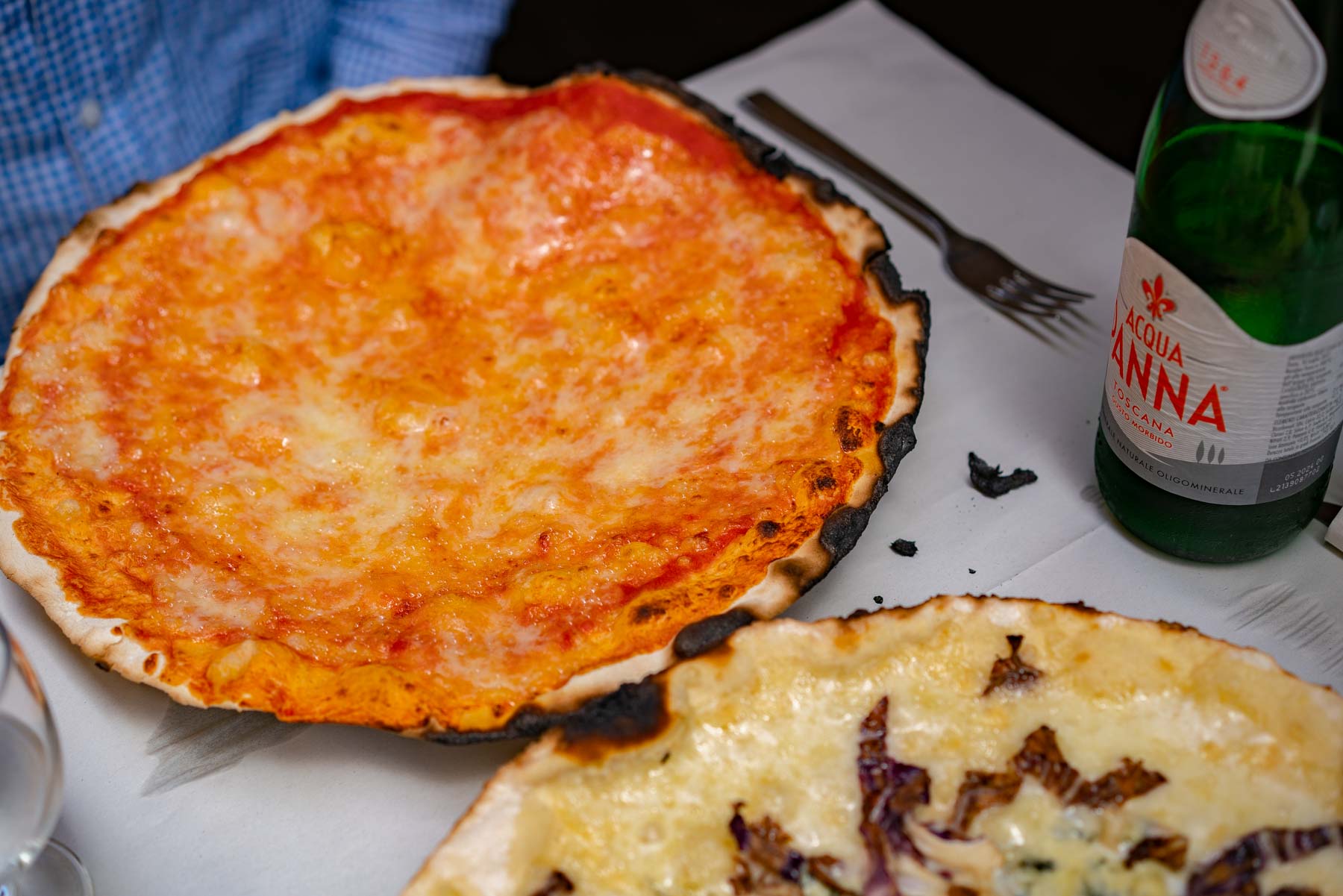
Things to Do in the Prati Neighborhood
Vatican Museums and St. Peter’s Basilica: While not in Prati, these iconic religious and cultural sites are just on the neighborhood’s edge, making Prati an ideal base for exploring them without the crowds of the Vatican area.
Climb to the top of the Castel Sant’Angelo: Also known as Hadrian’s Mausoleum, the Castel Sant’Angelo is the final resting place of a few Roman emperors (including Marcus Aurelius). Apart from the musuem, you’ll get some of the best views in Rome from the top. Tickets can be purchased online.
Shopping on Via Cola di Rienzo: This main thoroughfare is perfect for those looking to shop away from the more touristy areas of Rome. It offers a range of options from high street brands to local boutiques and gourmet food shops.
Best Rome Neighborhoods (Post Summary)
For those of you who like simple lists, these are the best neighborhoods in Rome.
- Campo Marzio
- Trevi
- Prati
- Monti
- Trastevere
- Sant’Eustachio
Map of the Best Neighborhoods in Rome
I thought I knew everything when I came to Rome, but I soon found I had everything to learn.
Edmonia Lewis
And there you have it, a quick roundup of the 10 best neighborhoods in Rome for first time visitors. I hope you enjoyed the post. As always, let me know in the comments if I missed your favorite.
Until next time, cheers!
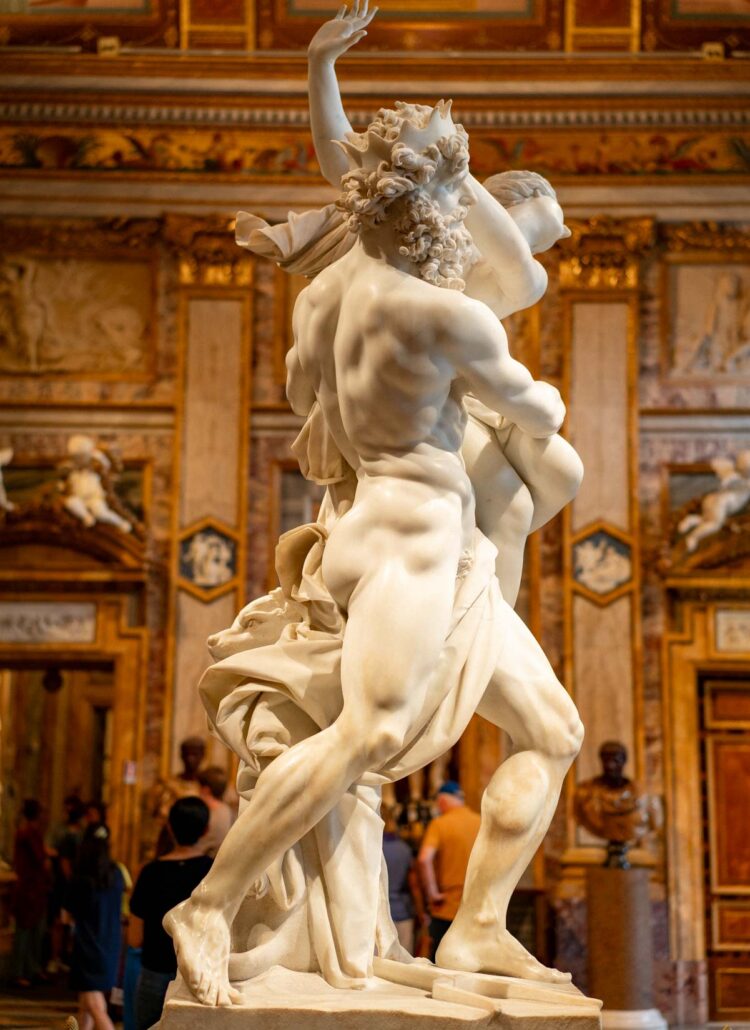
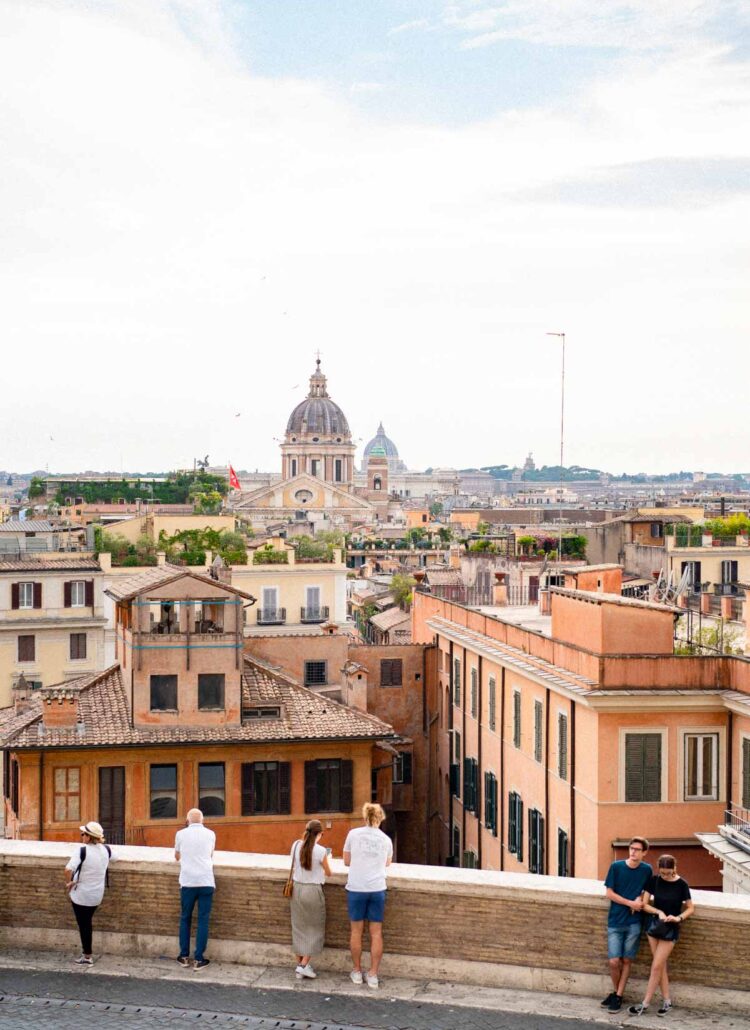
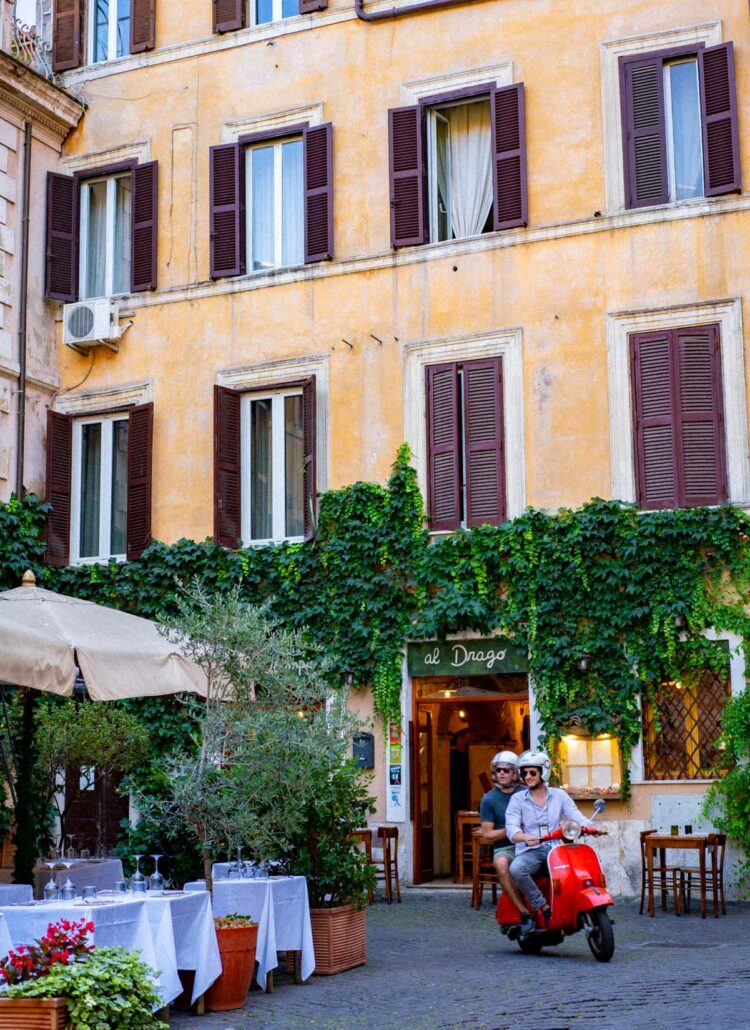
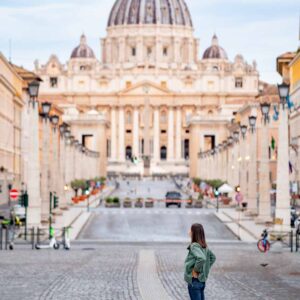
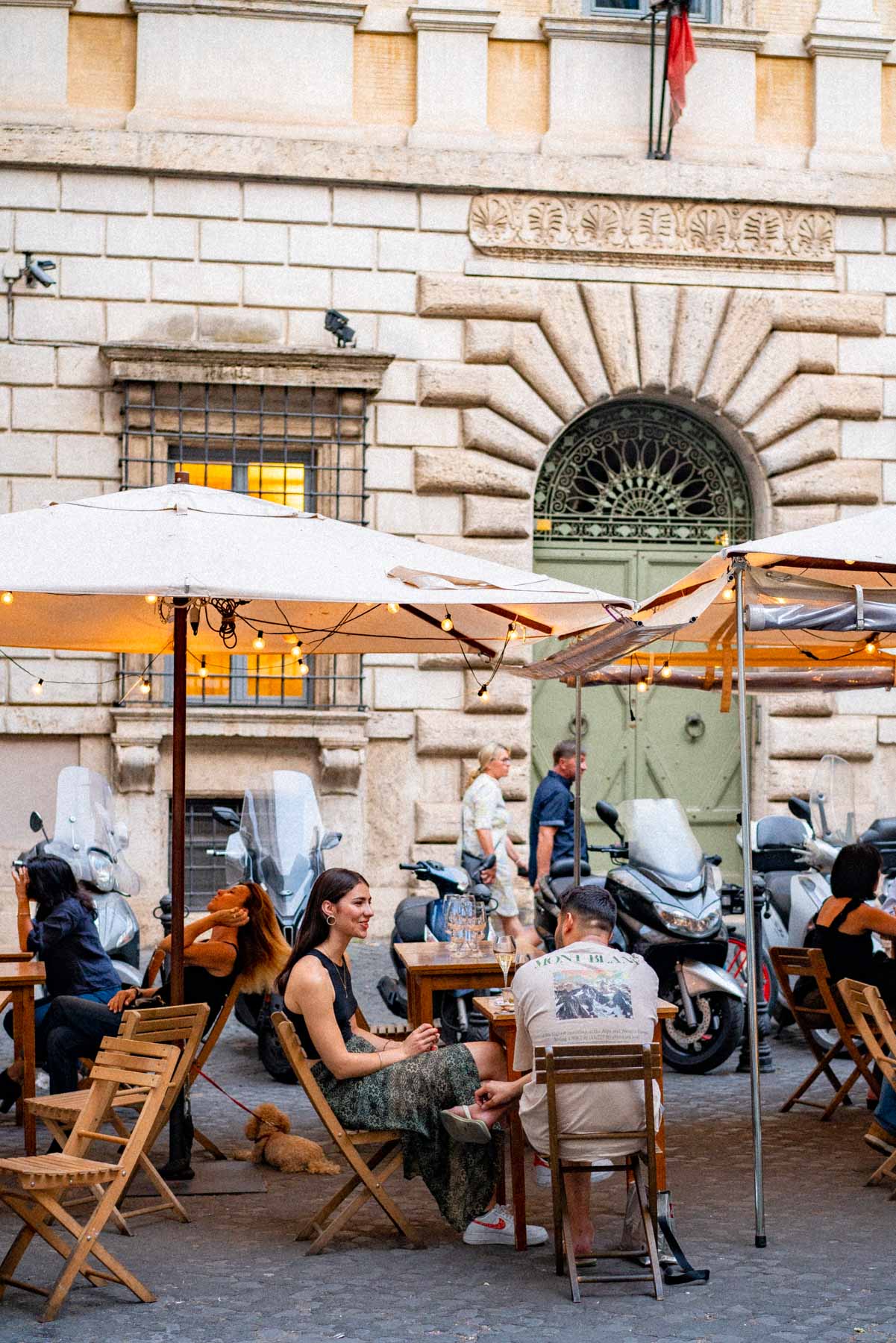
What do you think?